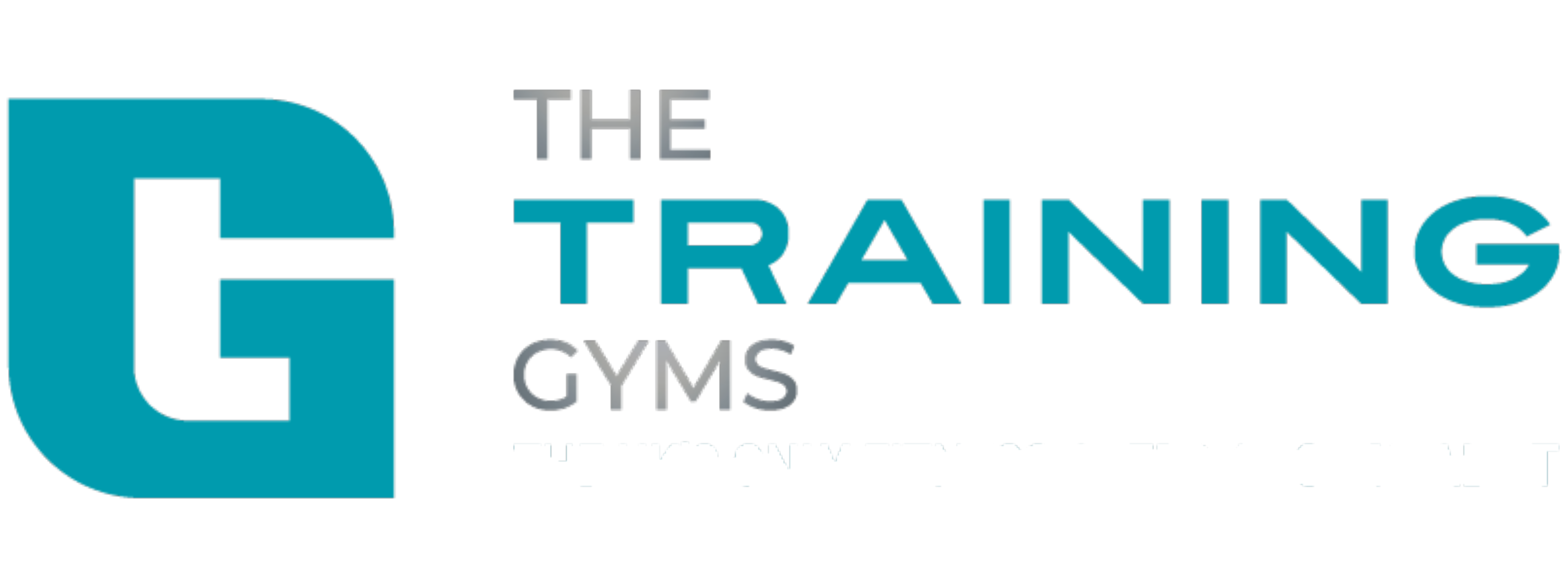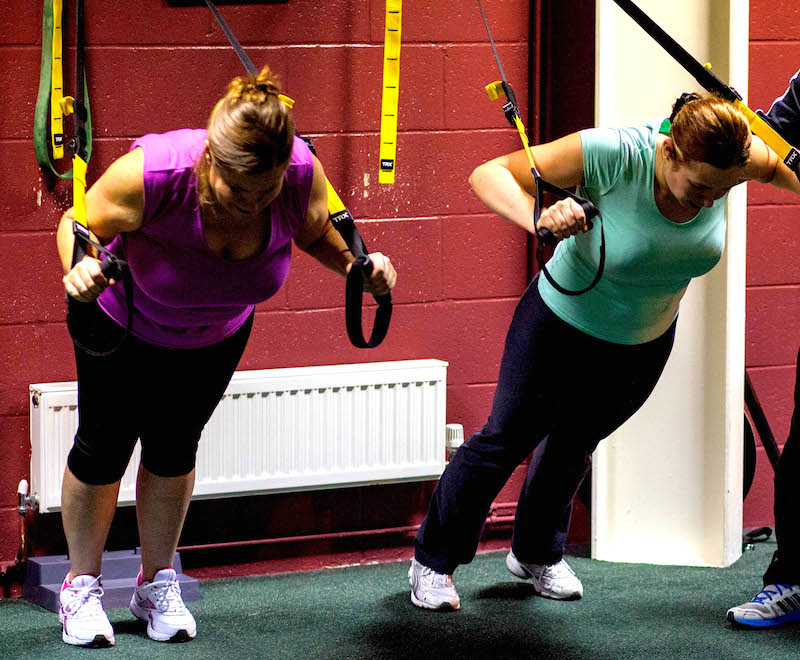Christina: This is Christina at the DVCC and today I’m joined with Nathan and Ryan, trainers at the DVCC Milton Keynes location, to discuss why interval training is so important for fat loss.
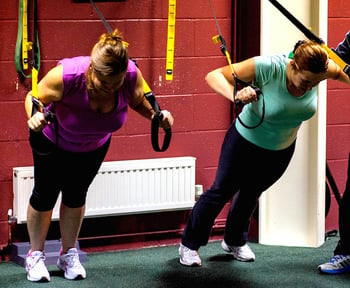
Nathan, high intensity interval training – or HIIT as it’s often called – has become increasingly popular as an effective way of burning fat. Can you tell us a little bit about what it means and what is involved?
Nathan: Yes, high intensity interval training is basically a way of training where you would work at a very high intensity for a short duration or a short period; after that you’d have a recovery period. So the idea behind it is that you increase your lactic acid levels very quickly and the reason you want to do that is because when that happens, you create large amounts of testosterone and also growth hormone, which are very powerful hormones for building muscle and burning fat.
Christina: And would you say then that this would be one of the best forms of cardio for people looking to lose weight fast?
Ryan: Personally I always believe that; the idea behind fast intense bursts has been scientifically proven to actually burn more fat quicker and in a lot lesser time frame with training. So for me, high intensity training is definitely a more efficient way of burning fat quickly.
Nathan: It also takes quite a short time. What a lot of people do is go out running for long durations, thinking that that’s going to be the best for them and actually what science shows is that after 42 minutes of regular or prolonged exercise, what happens is your cortisol levels increase and that can make you actually increase your fat storage if they get too high. So, short and intense bursts with recovery periods have actually been proven to burn fat very well.
Christina: That’s very interesting and actually leads into my next question. My next question was to ask if it required a long investment in time as opposed to simply running or swimming; but it sounds like you can actually achieve more, faster, with HIIT than with running or with swimming – is that right?
Ryan: Yes, that’s correct. The idea behind HIIT is actually that it is short bursts of intense workout and because the exercise is so intense, it’s actually not possible to maintain for too long. And like Nathan correctly said, it has been proven after 42 minutes that it can actually begin to have a negative effect on your hormones and therefore it’s best to keep the intervals high intense and the workout short.
Christina: Does HIIT work for everybody? Are there any people that this isn’t suited to?
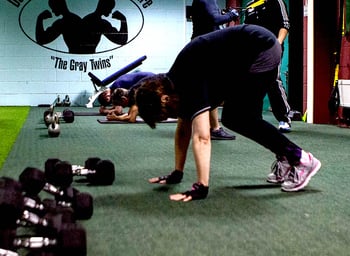
Nathan: It will work for the majority of people. One thing I would mention though is if you are just getting into exercise and you haven’t been exercising very much over the past year or so, it is quite intense so you want to have a base level of fitness. You wouldn’t want to go and straight away sprint as fast as you could for 30 seconds, have a 30 second recovery and repeat that ten times; you’d probably be better to build it up slowly, so working at a slightly lower intensity until your fitness level builds up. I wouldn’t recommend someone that hasn’t led a very active lifestyle to go out and run as fast or row as fast as they could. You want to build it up quite slowly because it can be a bit of a shock when you do it at very high intensities.
Christina: So it can be a bit of a shock to the system?
Nathan: Yes, correct
Christina: And what about the cost of this – is it comparable to the price of say a regular gym?
Ryan: Yes, the best thing about HIIT training is actually that you can do it with minimal equipment, or actually no equipment. Some of the most effective are simply body weight exercises, like squats, press-ups or sprints. So you really just need an area where you can work out, whether it’s at your park, in your living room or down at a centre that does the training; it really doesn’t cost you anything.
Christina: Ok – that’s great! Are there any other benefits of this form of training, besides burning fat?
Nathan: There is quite a lot of evidence that shows that HIIT training will lead to superior hormone balance, which will lead to better health. Also it helps to build muscle, so the increase in testosterone and growth hormone which I mentioned earlier, will basically have an increase in the amount of muscle that you’re able to produce, providing you’re fuelling your body with the right nutrition.
Christina: So does training work for women as well as men?
Nathan: Yes it will do; it’s very beneficial for women; that’s correct.
Christina: What does a sample workout look like then?
Ryan: A sample workout can literally be anything; the key to the exercises is that they’re actually 100% working at your highest intensity. It really doesn’t matter what it is; it could be something like a sprint, or as I said before, a squat.
One of the most simple and effective workouts that I personally like to do is just sprints, so I will do a 30 second sprint, I will rest for 30 seconds and then I’ll do that again for 10 times.
Nathan: That’s quite an intense one that Ryan’s just given you there. Another good one is called a ‘tabatta’, where you do basically 20 seconds work, 10 seconds rest and 8 sets. This has slightly lesser work rate and then a smaller rest; it’s over in about 4 minutes, which may be a bit more manageable.
Ryan: Sprint is a very hard one to start off on; if I was going to start doing intervals, I personally would probably go with something like a bike.
Christina: That’s very short periods that you’re talking about: 20 second bursts; it sounds more manageable that way.
Ryan: The key is that you work literally as hard as you can, so by the end of that 20 seconds or 30 seconds or however long you set yourself, you literally couldn’t do any more and you need to stop and take a rest for however long your designated rest is.
Christina: How long does it take, would you say, to notice the results – and what kind of results can people expect to see, both short and long term?
Ryan: It really depends on the person and the results that they get; everybody is completely different when it comes to fat burning, when it comes to building muscle and when it comes to improving their fitness.
But what you can do is enhance the results by ensuring things like good nutrition; here at the DVCC that’s one thing that we really try to emphasise; it’s a complete lifestyle rather than just a change. We want to make sure that our nutrition is good: we take on a high fat, high protein diet in the morning and purely taking carbohydrates on post training.
Nathan: That’s completely right that Ryan said; one of the things that you will notice improve, probably faster than body composition, will be fitness levels. Fitness levels can increase quite quickly; most people find that they can increase the amount of intervals they do or the amount of work that they’re doing in those set times as the weeks progress. It’s something you’ll probably see faster than a change in body composition. But body composition will change, provided – as Ryan said – that nutritional guidance is good.
Christina: That kind of makes my next question redundant, which was should this be accompanied by a healthy diet?
Ryan: Absolutely. That’s one thing that we at the DVCC really try and emphasise; a healthy diet is really key to a well balanced lifestyle. Training is obviously one part, and HIIT training is fantastic, but we want to be eating healthy alongside it and making sure that we’re giving our bodies the best nutrition we possibly can, to help recover, grow and see the results.
Nathan: When you do intervals, you create quite a large amount of what’s called EPOC, which is excess post-exercise oxygen consumption. What that means is that you burn calories at an elevated rate for up to 48 hours after that training session. So when that happens, it’s important to fuel yourself with the right foods; something simple enough as eating the wrong food at the wrong time can play havoc with your fat loss. So it’s really about knowing what to eat and when, and sticking to a lot of high protein foods, foods that are high in natural fats and avoiding refined carbohydrates; that will give you the best results when combined with interval training.
Christina: Is all of this information available to me if I decided I wanted to give this a try?
Nathan: Yes; at the DVCC we have a package called the Real You Transformation Process, which basically shows our clients the very best way to eat, not only for fat loss but also for health, which helps to reduce the risk of illness or disease, so it’s a very, very healthy way of living. We will teach our clients through what is called the Modified Lactic Training session, which is a 30 minute intense resistance training session, and then after that we do what is called the "fat loss 15", which is high intensity interval training. The combination of those two has been shown to be very, very beneficial for fat loss and building muscle tone; it’s something that we show all of our clients and explain in great detail so they know exactly what they are doing and why.
Christina: That’s excellent. Just a couple more questions then. I was wondering, if I’m the kind of person that gets bored in a gym and gets tired of repetitive workouts, is this the right kind of programme for me?
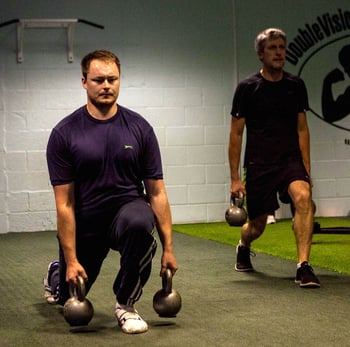
Ryan: Yes, absolutely. The best thing about HIIT training that people tend to like is that actually the workouts change regularly and we can always change them, always keep people guessing, and because they’re at a shorter period of time it doesn’t tend to be, or never feels as repetitive. So I definitely believe that for somebody who doesn’t feel that they get the best workout at a gym, HIIT training is something that you should definitely give a go and try out.
Nathan: And for people with short amounts of time; people who have families, business people who don’t have as much time as much some people who can spend time in the gym. 20 minutes hard work and then it sets you up for the day; you know you’ve done your workout and you’ll get a real buzz from doing intervals.
Christina: That sounds absolutely brilliant. What’s the difference between this training and, for example, crossfit? Are there similarities?
Nathan: There are similarities; with crossfit you get what’s called workouts of the day, so they’re timed workouts where you have to finish the whole workout in a certain time. Whereas interval training is based on working as hard as you can for a certain time and then recovering.
So crossfit can use a number of different exercises; they’re normally using Olympic lifts which, if you’re unfamiliar with or haven’t been trained through, can be dangerous if you’re not doing them correctly; i.e. you would need someone to really teach you through those movements. Intervals can be done with sprints, which is going to be really of little danger to you as long as you’re sprinting somewhere that’s relatively safe – you’re not running on the motorway or anywhere that’s going to be dangerous. That would be the main difference really; the HIIT is more the kind of start/stop/recover, whereas crossfit – to my knowledge – is getting the workload done as quickly as possible and completing the reps.
Christina: Is there anything else that you would like to add, anything else you’d like to tell us about it? Is this now the most popular form of exercise at the DVCC?
Ryan: It’s definitely something that is popular; it’s a very important part of the DVCC Real You Transformation Process. Part of the reason for it is because intervals have, as I said earlier, been scientifically proven to produce the best hormones for fat loss and building muscle, so it’s something that’s very important.
I’ve been doing more intervals of late and I’ve found that my personal fitness levels have increased quite quickly, and I’m sure that anybody who was to take part in intervals would see the benefits very quickly.
Christina: Fantastic; thank you very much to both Nathan and Ryan. The DVCC has centres in Bedford, Milton Keynes, Northampton and Hitchin – and very shortly, Stevenage and central Bedfordshire. So if you’ve been listening to this interview and you’d like to find out more about how the DVCC can help you, then please book an appointment for a DVCC Right Fit phone call at www.theDVCC.com/signup.
